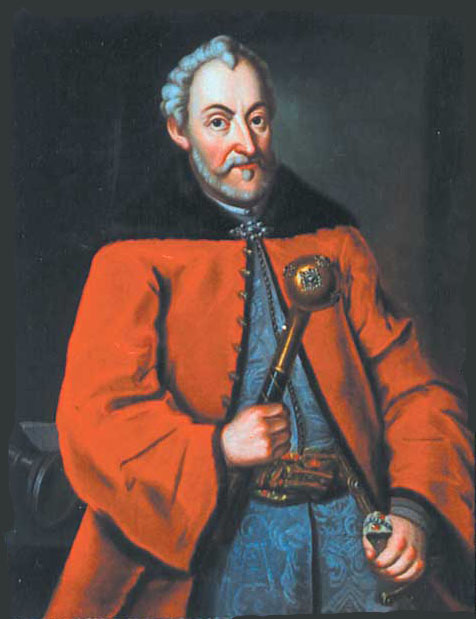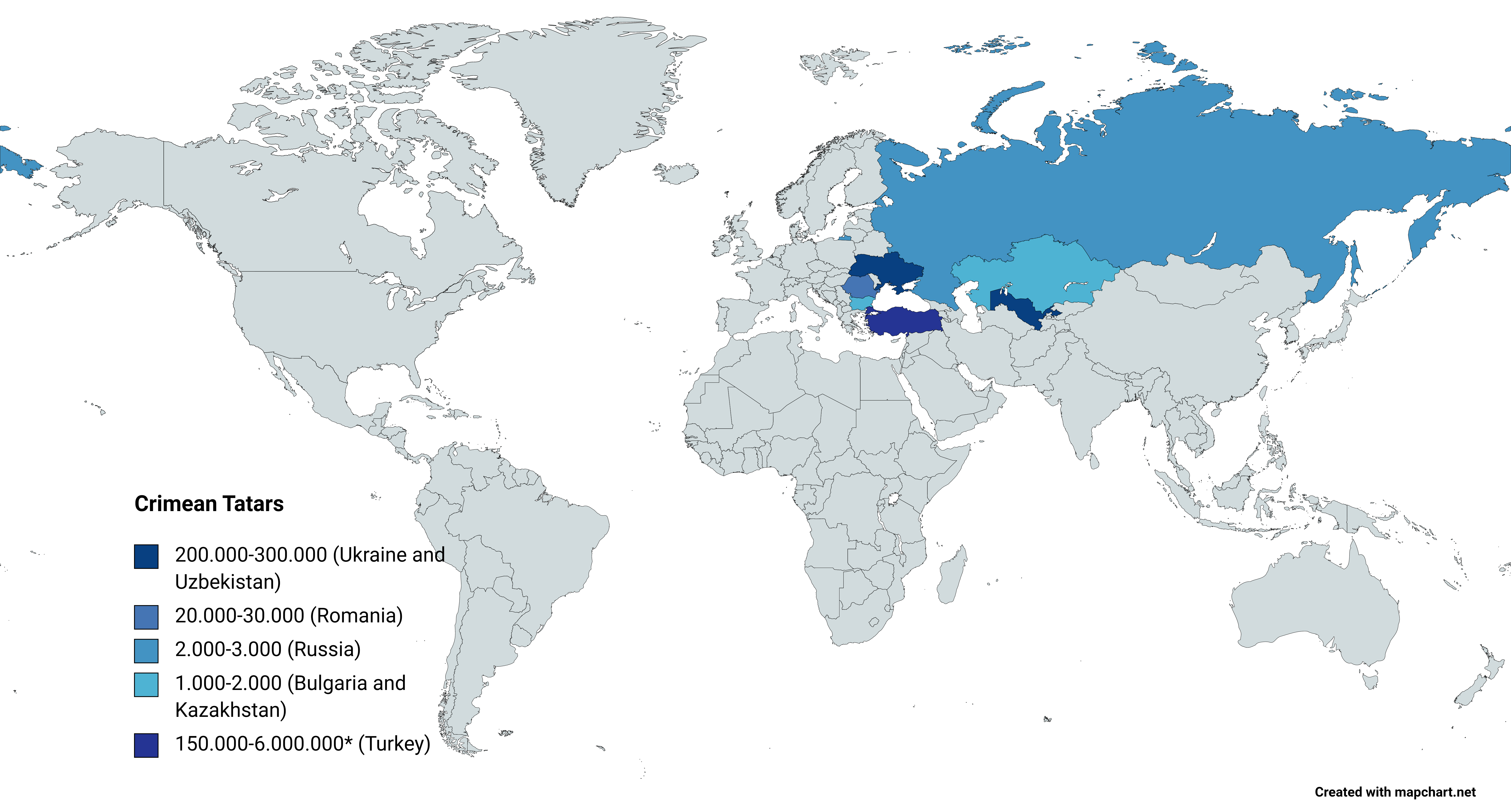|
Battle Of Sasowy Róg (1612)
The Battle of Cornul lui Sas took place on 9 July 1612 between the forces of Ștefan IX Tomșa, the ruler of Moldavia, (supported by the Ottoman Empire) and the Budjak Horde led by Khan Temir (spelled Cantemir-bey by Romanian chroniclers)), and a private army assembled by , voivode of Bratslav in the (Polish–Lithuanian Commonwealth in order to reinstall his brother in law Constantin Movilă as Moldavian ruler. By tacking this stance, Potocki openly defied the king's order to avoid any conflict with Ottomans. The battle resulted in a clear defeat of the Potocki's army. Both Stefan Potocki and Constantin Movilă's mother, Elisabeta Movilă were captured by Ottomans.Cronica-Vrancei-XI-2011-04 https://biblioteca-digitala.ro/reviste/Cronica-Vrancei/dl.asp?filename=11-Cronica-Vrancei-XI-2011-04.pdf. The former voivode of Moldavia Constantin Movilă was taken prisoner by the Tatars, with the intent to ransom him, but he drowned while they were crossing the Dniester. This battle was ... [...More Info...] [...Related Items...] OR: [Wikipedia] [Google] [Baidu] |
Moldavian Magnate Wars
The Moldavian Magnate Wars, or Moldavian Ventures, refer to the period at the end of the 16th century and the beginning of the 17th century when the magnates of the Polish–Lithuanian Commonwealth intervened in the affairs of Moldavia, clashing with the Habsburgs and the Ottoman Empire for domination and influence over the principality. The Magnate Wars (1593–1617) Causes Jan Zamoyski, Polish grand crown chancellor ('' kanclerz'') and military commander (grand crown hetman), known for his opposition towards the Habsburgs, had been a vocal supporter of Commonwealth expansion in the southern direction. Since the early plans made by Commonwealth King Stefan Batory for the war against the Ottomans, Zamoyski supported them, viewing those plans as a good long-term strategy for the Commonwealth. Any policy that was against the Ottomans was also supported by the Holy See, and Pope Sixtus V strongly expressed his support for any war between the Commonwealth and the Ottomans. ... [...More Info...] [...Related Items...] OR: [Wikipedia] [Google] [Baidu] |
Crimean Tatars
Crimean Tatars (), or simply Crimeans (), are an Eastern European Turkic peoples, Turkic ethnic group and nation indigenous to Crimea. Their ethnogenesis lasted thousands of years in Crimea and the northern regions along the coast of the Black Sea, uniting Mediterranean basin, Mediterranean populations with those of the Eurasian Steppe.''Агджоян А. Т., Схаляхо Р. А., Утевская О. М., Жабагин М. К., Тагирли Ш. Г., Дамба Л. Д., Атраментова Л. А., Балановский О. П.'Генофонд крымских татар в сравнении с тюркоязычными народами Европы, 2015 Genome-wide study of the Crimean Tatars unveiled connections between them and the genomes of individuals from the Steppe during the Bronze Age, specifically those associated with the Yamnaya culture, Yamnaya archaeological culture. Until the 20th century, Crimean Tatars were the most populous demographic cohort ... [...More Info...] [...Related Items...] OR: [Wikipedia] [Google] [Baidu] |
1612 In Europe
Year 161 ( CLXI) was a common year starting on Wednesday of the Julian calendar. At the time, it was known as the Year of the Consulship of Caesar and Aurelius (or, less frequently, year 914 ''Ab urbe condita''). The denomination 161 for this year has been used since the early medieval period, when the Anno Domini calendar era became the prevalent method in Europe for naming years. Events By place Roman Empire * March 7 – Emperor Antoninus Pius dies, and is succeeded by Marcus Aurelius, who shares imperial power with Lucius Verus, although Marcus retains the title Pontifex Maximus. * Marcus Aurelius, a Spaniard like Trajan and Hadrian, is a stoical disciple of Epictetus, and an energetic man of action. He pursues the policy of his predecessor and maintains good relations with the Senate. As a legislator, he endeavors to create new principles of morality and humanity, particularly favoring women and slaves. * Aurelius reduces the weight of a goldpiece, the aureus, ... [...More Info...] [...Related Items...] OR: [Wikipedia] [Google] [Baidu] |
History Of Iași County
History is the systematic study of the past, focusing primarily on the human past. As an academic discipline, it analyses and interprets evidence to construct narratives about what happened and explain why it happened. Some theorists categorize history as a social science, while others see it as part of the humanities or consider it a hybrid discipline. Similar debates surround the purpose of history—for example, whether its main aim is theoretical, to uncover the truth, or practical, to learn lessons from the past. In a more general sense, the term ''history'' refers not to an academic field but to the past itself, times in the past, or to individual texts about the past. Historical research relies on primary and secondary sources to reconstruct past events and validate interpretations. Source criticism is used to evaluate these sources, assessing their authenticity, content, and reliability. Historians strive to integrate the perspectives of several sources to develop a ... [...More Info...] [...Related Items...] OR: [Wikipedia] [Google] [Baidu] |


